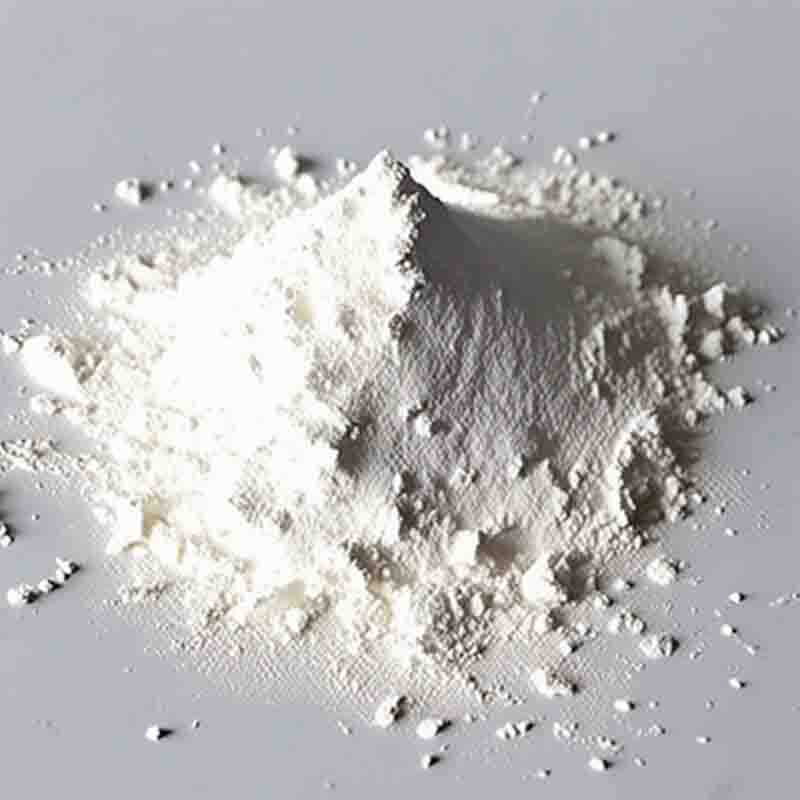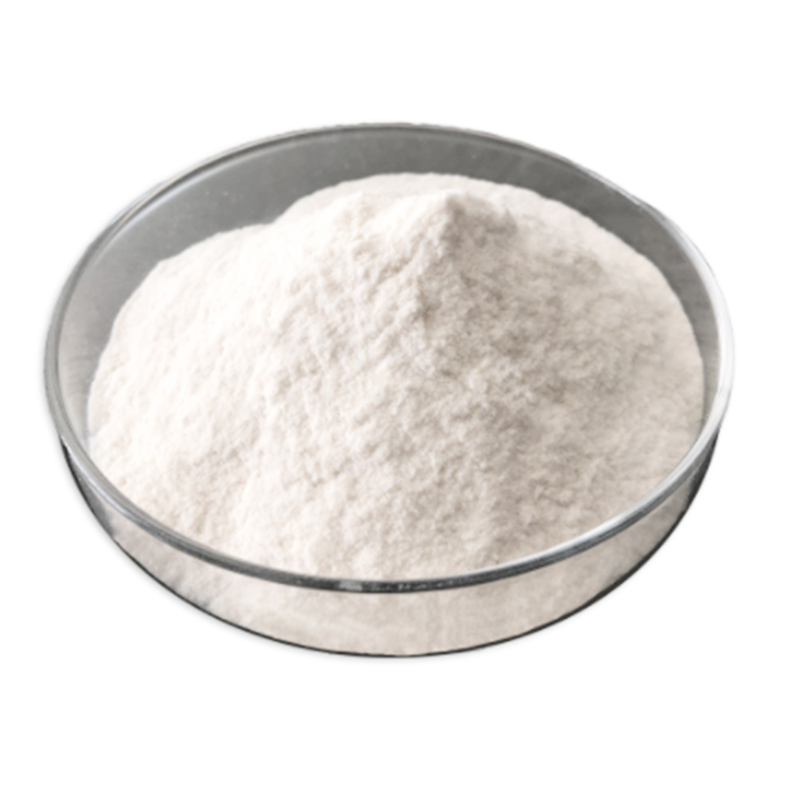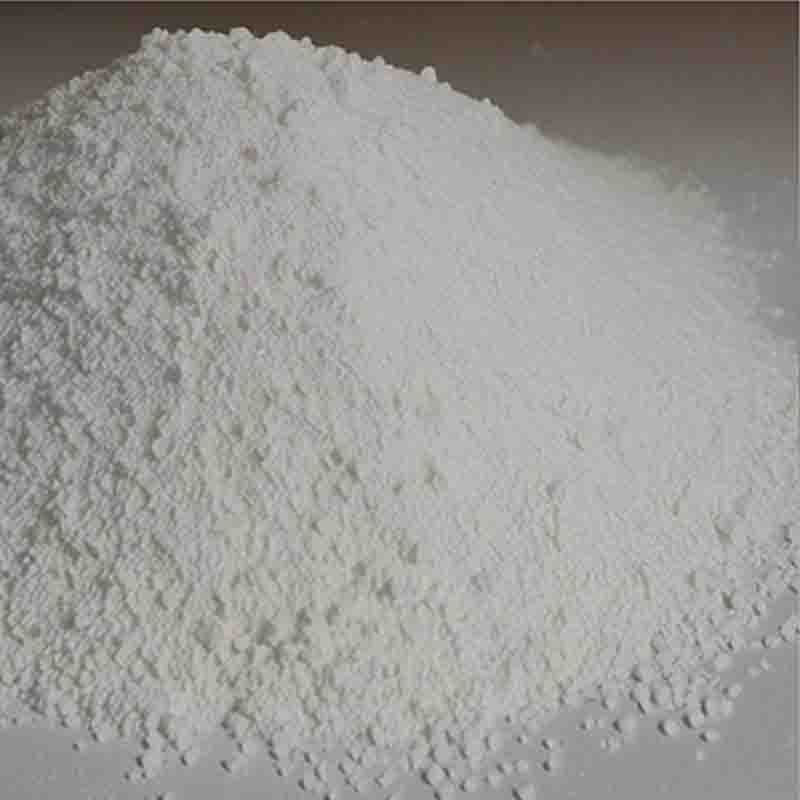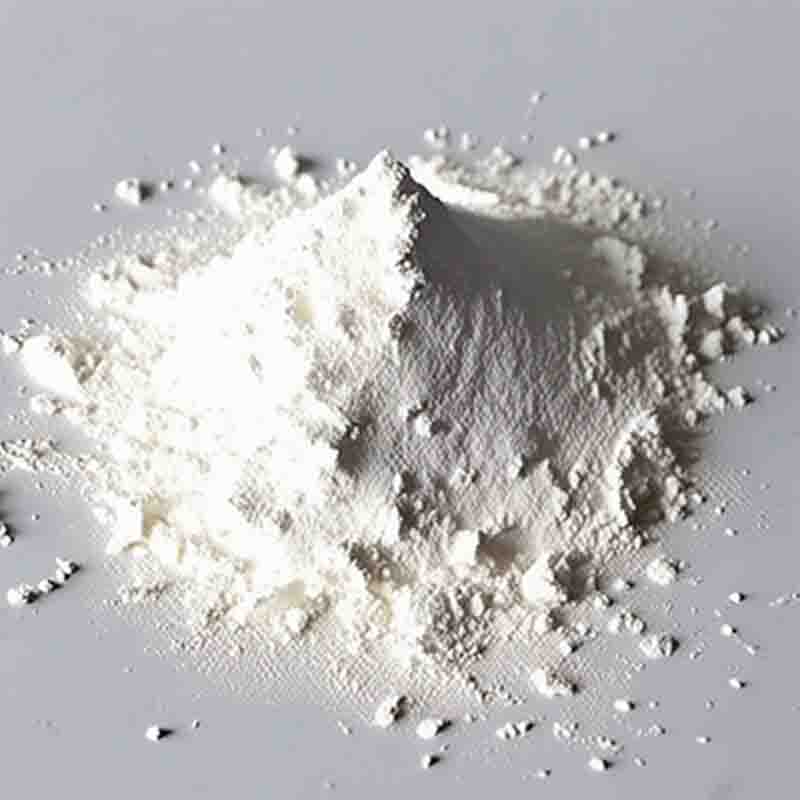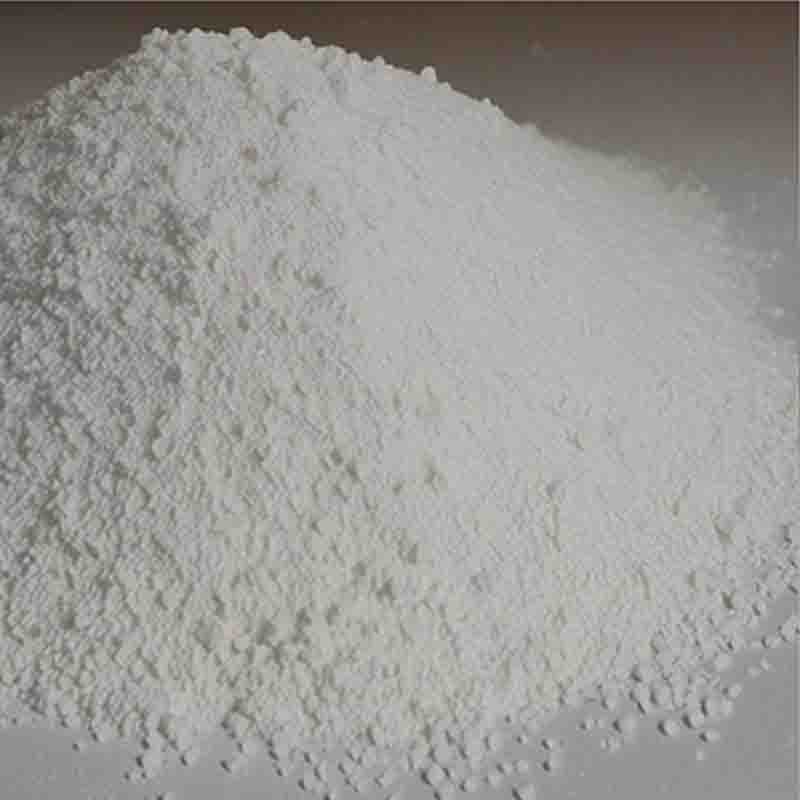S-2-BENZOTHIAZOLYL(Z)-2-(2-AMINOTHIAZOL-4-YL)-2-TRITYLOXYIMINOTHIOACETATE(BAEM) CAS:143183-03-3
| Catalog Number | XD95287 |
| Product Name | S-2-BENZOTHIAZOLYL(Z)-2-(2-AMINOTHIAZOL-4-YL)-2-TRITYLOXYIMINOTHIOACETATE(BAEM) |
| CAS | 143183-03-3 |
| Molecular Formula | C31H22N4O2S3 |
| Molecular Weight | 578.73 |
| Storage Details | Ambient |
Product Specification
| Appearance | White powder |
| Assay | 99% min |
S-2-Benzothiazolyl(Z)-2-(2-aminothiazol-4-yl)-2-trityloxyiminothioacetate (BAEM) is a chemical compound with an elaborate structure, consisting of benzothiazole, aminothiazole, trityl, and thioacetate groups. While there is limited information available about the specific effects of BAEM, an analysis of its structural components can provide insights into its potential impact.The benzothiazole moiety in BAEM is a heterocyclic compound that has been found to possess diverse biological activities. It is commonly associated with anticancer properties, showing potential in inhibiting tumor growth and inducing apoptosis (programmed cell death). Additionally, benzothiazoles have demonstrated antibacterial, antifungal, and anti-inflammatory activities.The aminothiazole fragment in BAEM contributes to its structural complexity. Aminothiazole derivatives have shown promising results as pharmaceutical agents, primarily due to their antimicrobial, antitumor, and anti-inflammatory properties. These compounds have been investigated for their potential in treating various diseases, including cancer and infectious illnesses.Furthermore, the trityl group in BAEM enhances the compound's hydrophobic nature, which may affect its solubility and bioavailability. Trityl-based molecules have been used in drug delivery systems due to their ability to enhance the stability and delivery of therapeutic compounds.The thioacetate group in BAEM is a sulfur-containing functional group. Thioacetate derivatives have been studied for their various biological properties, including antimicrobial, antifungal, and antioxidant activities. Additionally, the presence of a sulfur atom can confer reactivity and potential interaction with biological targets.Combining these structural components, it is plausible that BAEM may exhibit a range of biological effects. However, it is important to note that the specific impacts of BAEM have not been widely studied, and more research is necessary to determine its precise effects, mechanisms of action, and potential therapeutic applications.In conclusion, S-2-Benzothiazolyl(Z)-2-(2-aminothiazol-4-yl)-2-trityloxyiminothioacetate (BAEM) is a complex compound with a diverse structure. Based on the properties associated with its structural components, BAEM may have potential as an anticancer, antimicrobial, antifungal, anti-inflammatory, and antioxidant agent. However, further investigation is needed to fully understand the effects, mechanisms of action, and potential applications of BAEM.




